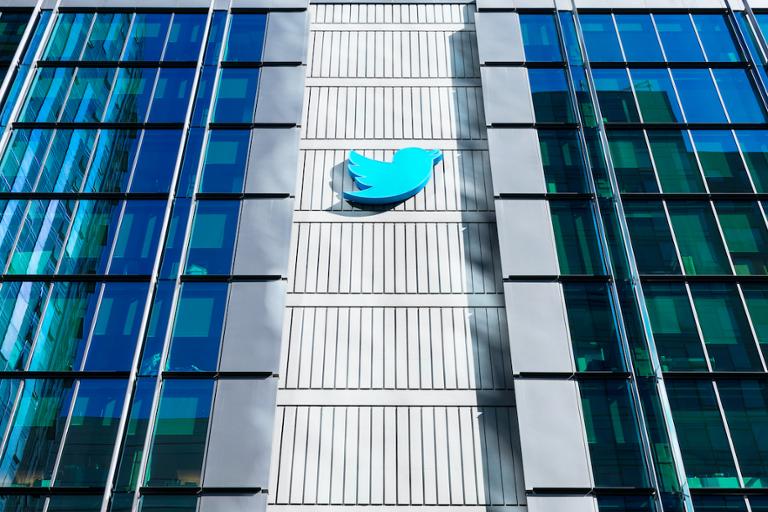Twitter has decided that many of its employees’ remote-work status, put in place due to the COVID-19 pandemic, will become permanent.
Twitter CEO Jack Dorsey outlined this new always-work-from-home policy in an email, according to BuzzFeed. In some ways, the decision is no surprise; the publication cited a March conversation with Twitter HR leader Jennifer Christie in which she said: “I do think we won’t go back [to in-office work].”
Of course, not all Twitter employees will work from home permanently. Workers who maintain physical servers, for example, will continue their jobs onsite.
For larger tech companies such as Twitter, extended work-from-home policies is bringing up another issue: The expense of huge, empty offices. In a recent interview with Axios, for example, Salesforce CEO Marc Benioff was asked about his firm’s huge office complexes in major cities, which are now standing empty, and tried to deflect with a joke (“Can you ask me that a year from now?”). But while companies such as Salesforce will hold onto their space (at considerable expense) on the expectation that employees will return, Twitter will need to figure out to do with permanently empty space if it goes through with this expanded remote-work plan.
For employees, permanently working from home may also come with its own adjustments. Routine is key, including a set schedule that’s transparent to your managers and co-workers. Communication (even over-communication) is similarly vital, and not just because it eases feelings of isolation—remote teams can only function if everyone is continually up-to-speed on what’s going on.
With working from home, there’s also a heightened chance of burnout. Right now, the abrupt adjustment to remote working has loaded technologists everywhere with far more work than usual, which is spiking stress levels. But even once workflows moderate, burnout remains a risk, especially if they haven’t established the boundaries and schedule necessary to preserve good work-life balance.
According to Dice’s 2020 Salary Report, technologists felt less burned out in 2019 than they did in 2018 (31 percent, down from 35 percent); chief cases of burnout included workload (38 percent), hours worked (31 percent), and lack of recognition for work (29 percent). But that was before the COVID-19 pandemic; according to Bind, which conducts anonymous polls, around 73 percent of technologists were burned out by the end of April, far above the 61 percent who felt burned out in mid-February.
In other words, shifting an entire company to permanent work-from-home status isn’t as simple as flipping a switch: It requires careful planning and monitoring of employee conditions. For technologists who might unexpectedly find themselves working remotely for the long term, a set schedule and lots of communication with your colleagues is key to staying productive and sane.
Visit our COVID-19 Resource Center, which aims to provide the tech community with the best, most up-to-date information on the novel coronavirus.



